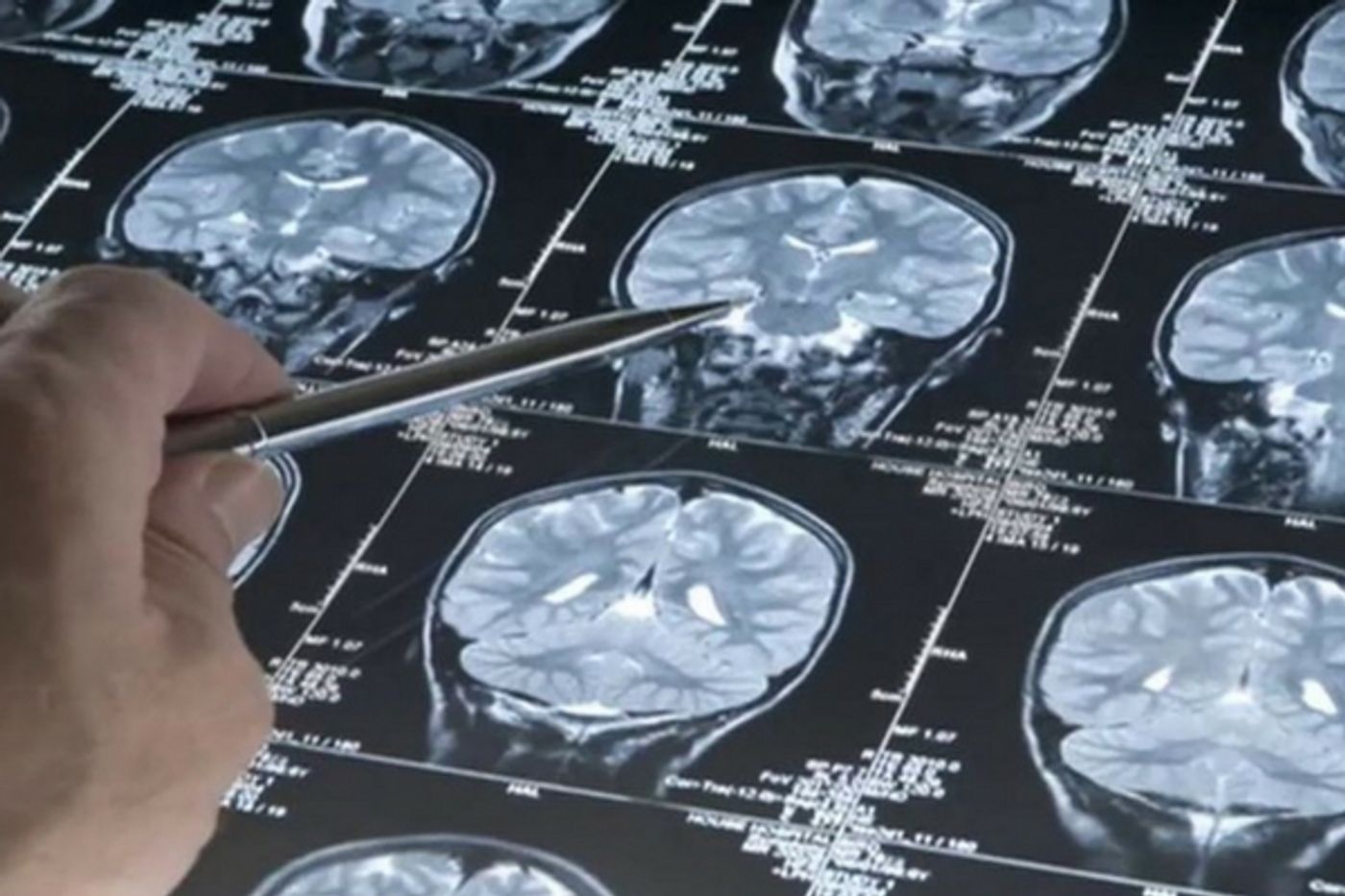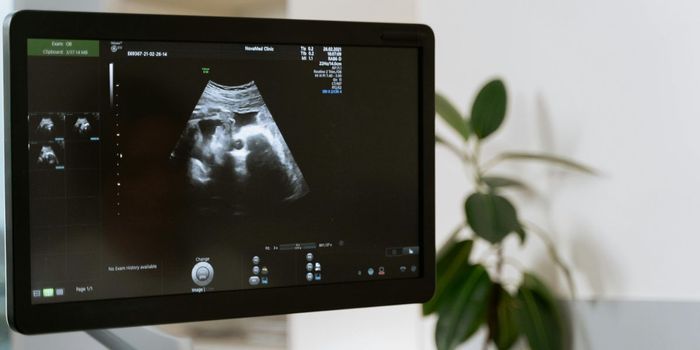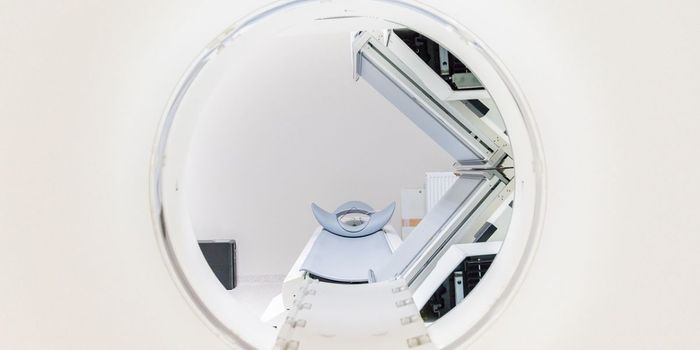Can Brain Imaging Predict Autism Risk?
Using high-tech scans has become commonplace in neuroscience. CT scans, Magnetic Resonance Imaging (MRI) and PET scans are all valuable tools to diagnose injury or disease. A recent study has taken the use of MRI scans a step further however, combining them with data to develop an algorithm that could be used to predict whether or not a child will develop autism.
Researchers at the University of North Carolina-Chapel Hill studied infants who had older siblings with autism. MRI scans of these infants along with other data showed an 80% rate of correctly predicting which of the children studied would meet the criteria for autism later in life. The study is published in the journal Nature and is the first study to suggest that identifying children who will later be diagnosed with autism is not only possible, but probable.
Senior author Joseph Piven, MD, the Thomas E. Castelloe Distinguished Professor of Psychiatry at the university stated, “Our study shows that early brain development biomarkers could be very useful in identifying babies at the highest risk for autism before behavioral symptoms emerge. Typically, the earliest an autism diagnosis can be made is between ages two and three. But for babies with older autistic siblings, our imaging approach may help predict during the first year of life which babies are most likely to receive an autism diagnosis at 24 months.”
The research was a nationwide effort involving hundreds of children from around the country. It was conducted at the Carolina Institute for Developmental Disabilities (CIDD) which Piven oversees but there were other major universities and medical facilities that participated including McGill University, the University of Alberta, the University of Minnesota, the College of Charleston, and New York University as well as the University of Washington, Washington University in St. Louis, and The Children’s Hospital of Philadelphia. Bringing together the resources from these facilities and their research teams was a big part of the study. It’s only the beginning, as the study is continuing to enroll families and hopes to do a larger sample to replicate the initial findings.
Autism is complex, which is why it is defined as a range of conditions known collectively as Autism Spectrum Disorders (ASDs). There is no known cure, and, as yet, no specific cause has been found. Most children are not definitively diagnosed until at least the age of three, and sometimes later. Since it’s been shown that early intervention is key, finding a way to diagnose earlier has been the goal of many research studies.
Piven and his research colleagues across the country conducted MRI scans on children at six, 12 and 24 months old some of whom had older siblings who had been diagnosed with autism. It’s known from previous research that children with an ASD have larger brains and bigger head circumference, however it’s not known when exactly this growth occurs. In the study they found that the children who were later identified as being on the autism spectrum had a growth spurt in brain surface area between the ages of six and 12 months compared to those children who were neurotypical.
The researchers then took their data on size, volume and cortical thickness and crunched the numbers with a computer program to develop an algorithm that attempted to predict which children (from a different subset of study volunteers) would develop autism. In 80% of these predictions, the algorithm got it right. While symptoms of autism don’t normally appear until after age two, the scans in the study demonstrated that the brain changes are happening earlier, opening up the possibility that children could be diagnosed before symptoms appear, when early intervention can be most effective. Check out the video below for more information on this groundbreaking study.
Sources: University of North Carolina, STAT News, Nature









